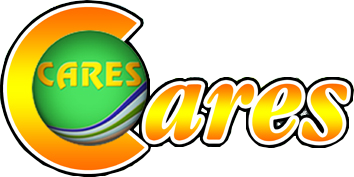Authors: Mohamed Kefi, Tien Dat Pham, Kenichi Kashiwagi, Kunihiko Yoshino
Published in: Euro-Mediterranean Journal for Environmental Integration
Published year: 2016
Category: Other international journal paper
Abstract
In spite of water scarcity problem in Tunisia, irrigation strategy was adopted and supported by the government. In addition, the introduction of the irrigation in olive sector was also encouraged because it will be the way for maintaining the production of this strategic product. Therefore, the main objective of this work is to detect irrigated and non-irrigated olive growing farms using remote sensing techniques which can be useful to establish efficient and sustainable strategy of water resource management. This study was conducted in olive growing farms of 04 regions (Bouhajla, Nasrallah, Chebika and Oueslatia) in Kairouan prefecture. To monitor the irrigated olive growing farms, we used multi-temporal Landsat 8 imagery from June to September 2015 which were processed to obtain specific vegetation indices such as RVI (ratio vegetation index) and NDVI (Normalized Difference Vegetation Index). Moreover, LST (Land Surface Temperature) and BT (Brightness Temperature) are produced to assess temperature. To drought monitoring, VCI (Vegetation Condition Index), TCI (Temperature Condition Index), and VHI (Vegetation Health Index) were applied as indicators. The validation approach was based on the field survey and data collection. The main results of the study are the detection of irrigated and rainfed olive growing farms using specific vegetation indexes and indicators. The findings are validated by the field observations for checking the accuracy of the results. This study can be useful for stakeholders to detect the olive growing farms which can be helpful to estimate the olive production.


 English
English